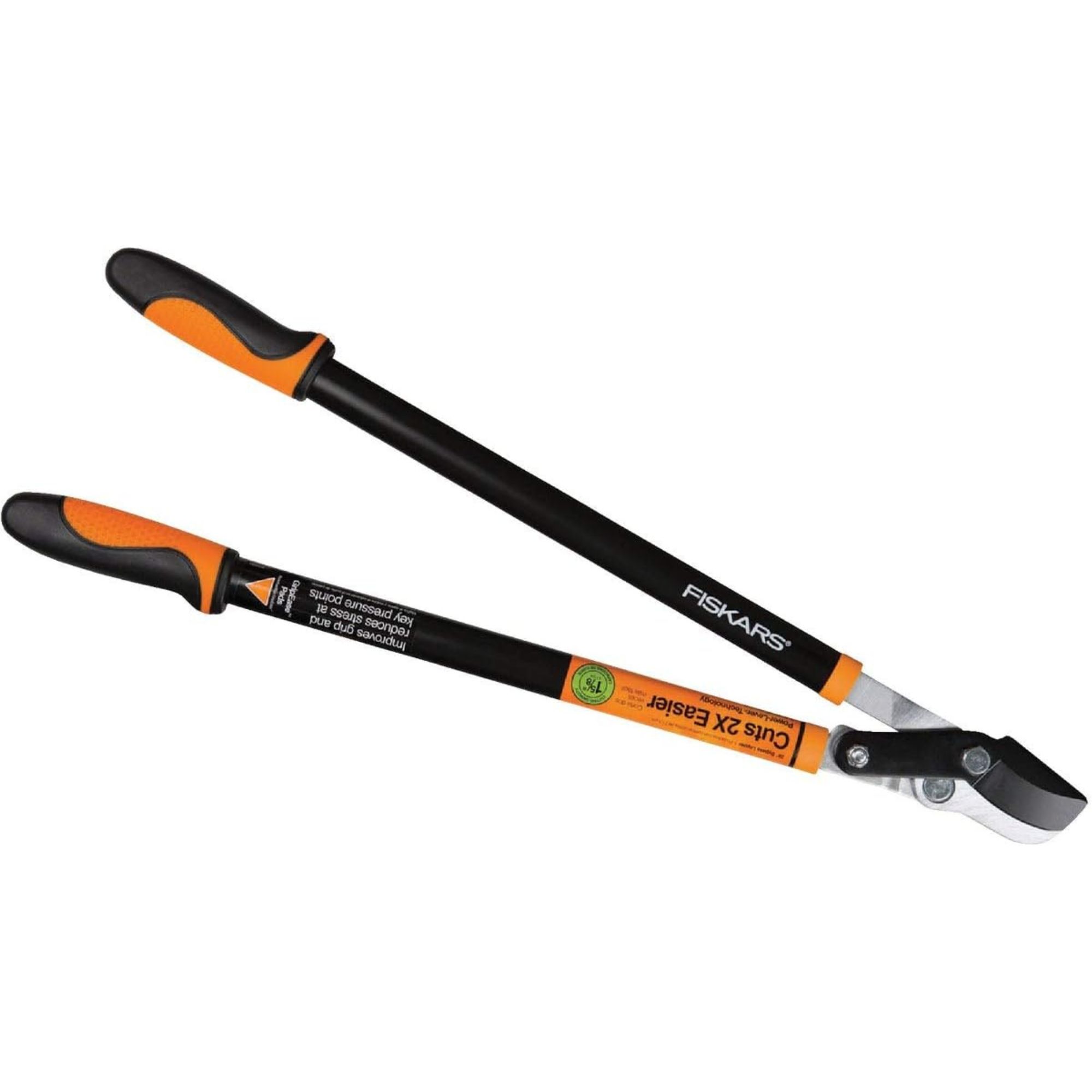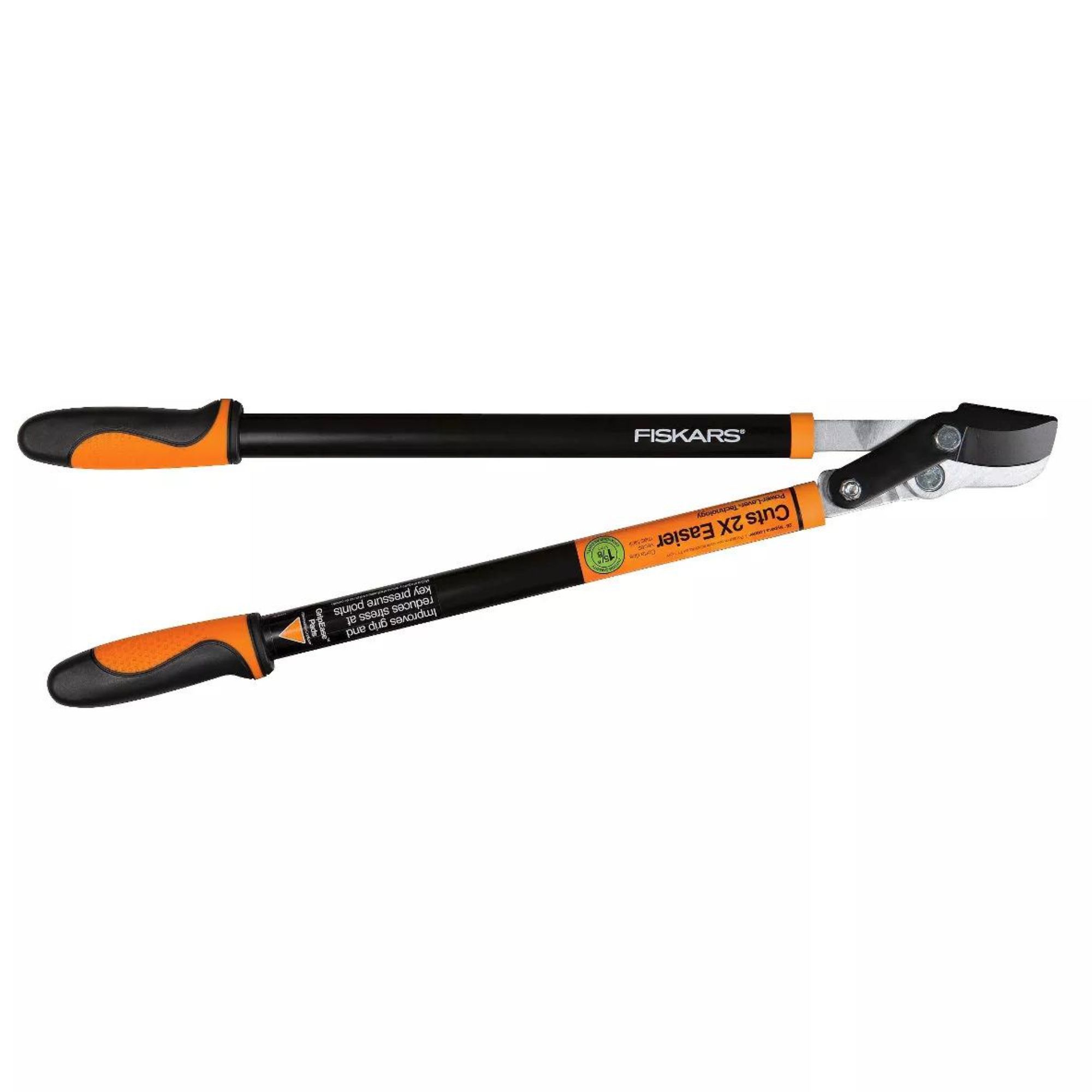5 Trees You Should Prune in Your Backyard in February — 'It Makes Much Sense to Cut These Ones Back Now'
If you think pruning trees is best left to spring, think again. These trees all could use some cutting back now for several very important reasons


With my own backyard, I'm guilty of thinking I don't have to do anything with it until "gardening season" comes around. However, with tasks like pruning trees, for some of your yard favorites it's important to take action while they're still dormant in these winter months.
'February can be a great time of year to prune,' Lisa Tadewaldt, Tree Care Expert, Founder and Owner of Urban Forest Pro, tells me. 'If your weather is particularly harsh this February I, might delay the pruning a bit; otherwise, you should be fine to prune.'
For these trees, there's a variety of reasons why pruning now will help them thrive later, and avoid possible problems later down the line for your tree landscaping.
1. Deodar Cedar

'Deodar cedar (Cedrus deodara Zones 7-9) is a stately evergreen tree that can grow quite large,' Blake Watkins, Certified Master Arborist and Operations Partner at Monster Tree Service explains. 'Although it’s a relatively safe tree and can be grown near structures, it is prone to branch failures in storms.'
You can see why pruning this tree might be in your best interest, especially to remove broken, dead or hanging branches. However, there's a reason why you need to do it now, and not wait until later in the year. 'Pruning in warmer seasons can cause excess sap dripping, especially if the tree overhangs hardscapes,' Blake explains. 'Pruning in February before the weather warms is not only less stressful for the tree, but it can also keep the messy sap drip to a minimum.'
So what's the best way to prune a deodar cedar? 'As a preventative measure, prune to reduce end weight on overextended branches and to mitigate the risk of their failure,' Blake advises. 'Do not prune too thin. Thinning, a standard practice in the past, has fallen out of favor as trees were and still are overthinned. Opening Deodar Cedar branches up to the full force of the wind can make branch failures worse, so I recommend avoiding the temptation to thin for thinning’s sake and focus pruning efforts on end weight reduction.'
2. Elm
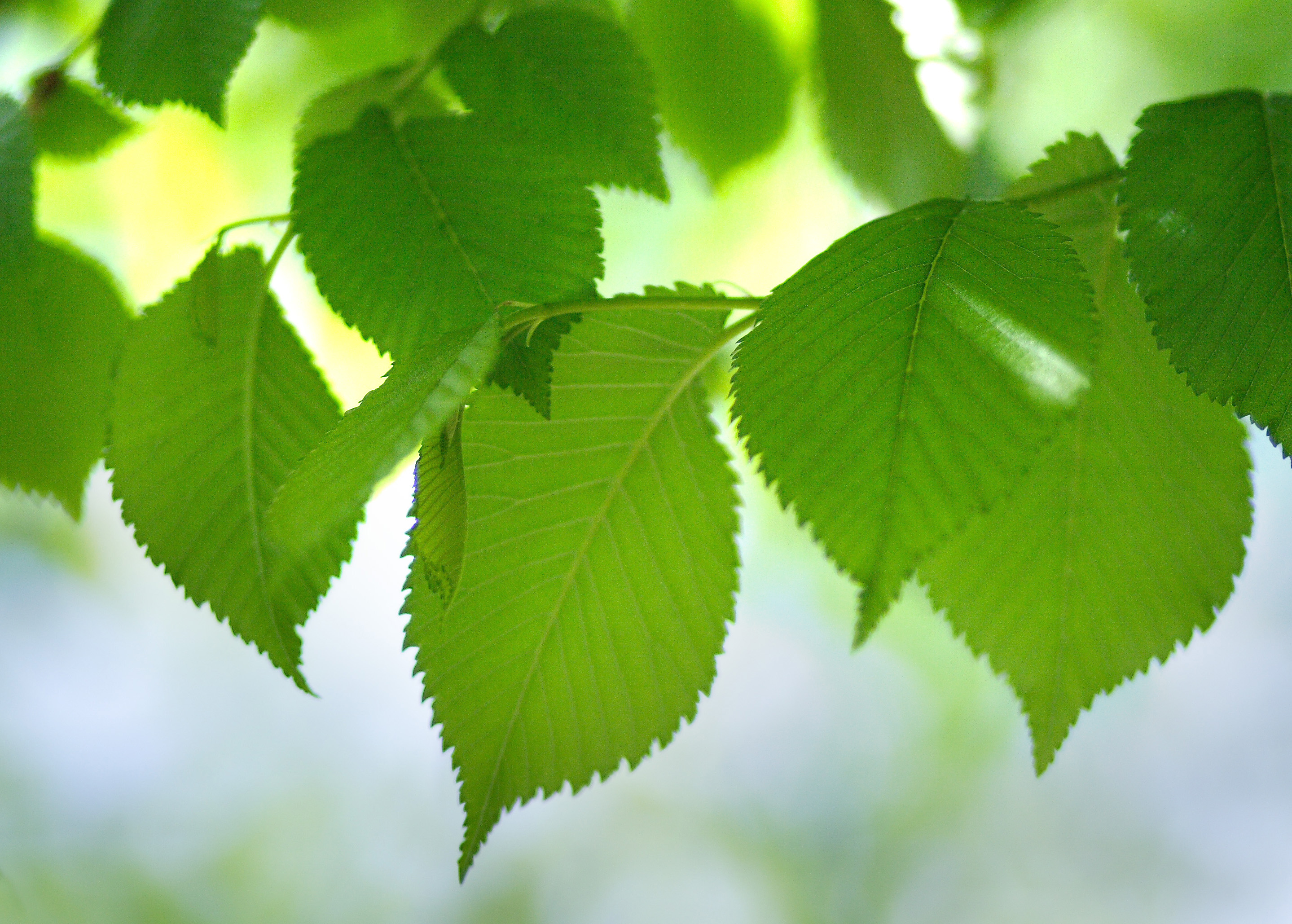
'Certain trees, such as Elm trees, are susceptible to known insect infestations,' Kaustubh Deo, founder of Blooma Tree Experts, explains. 'It's even more important to prune these trees in the winter when insects are less active. In some jurisdictions, local governments have even banned the pruning of such trees during the summer months.'
Pruning elms at this time can attract elm bark beetles, which can cause Ditch Elm Disease — something that can kill an otherwise healthy tree.
To help keep your Elm tree healthy, remove dying or dead branches at least once a year, as well as any branches rubbing against each other, which can stunt growth.
Spray your pruning equipment with bleach and water mixture before and after cutting to help stop Dutch Elm Disease from potentially spreading, and be wary that you can't always dispose of Elm wood in the same way as other tree cuttings. To avoid attracting beetles, they may need to be collected by specialists or sent to landfill.
3. Fruiting pears and apples
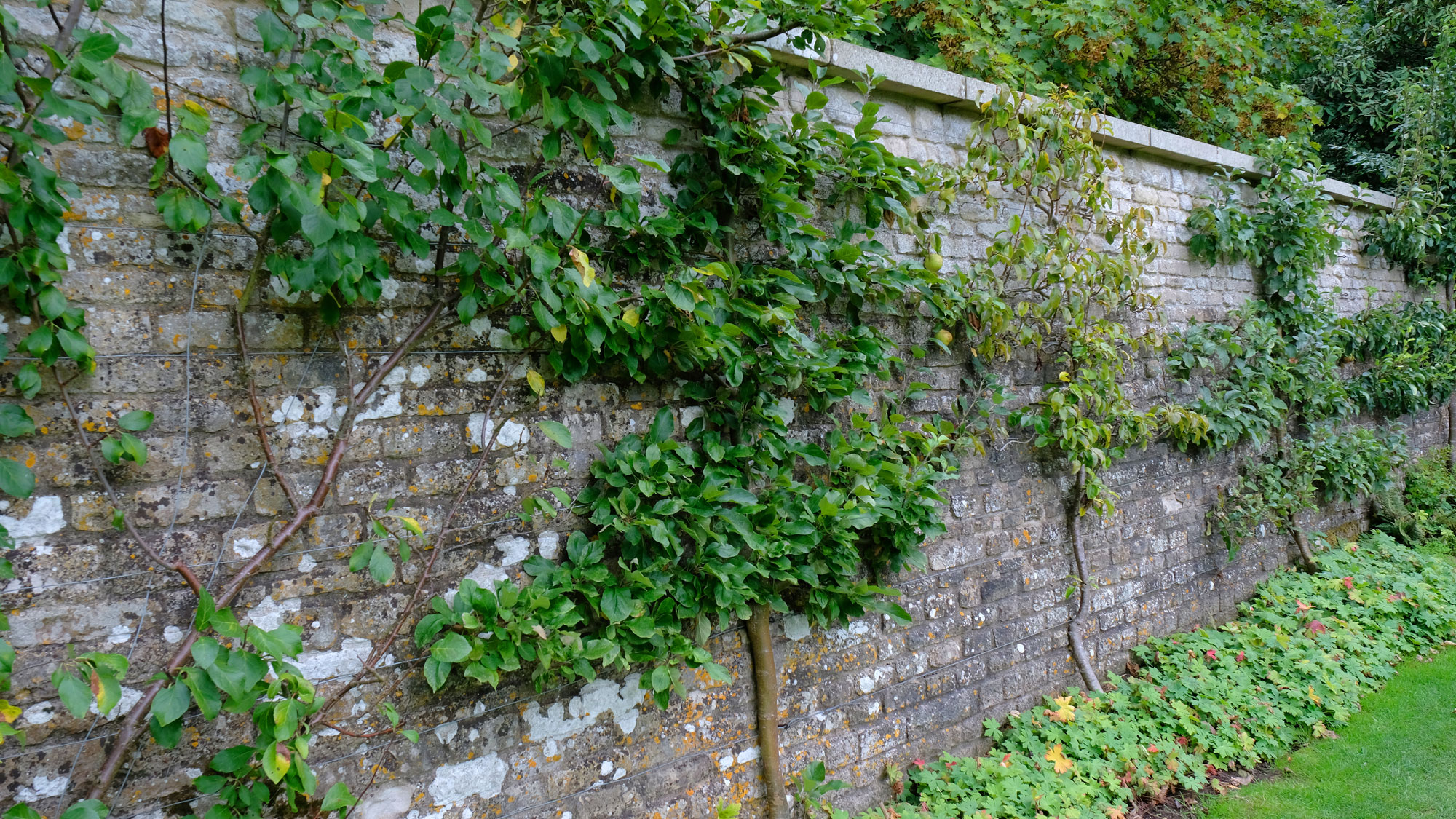
Fruiting pears and apples, as well as their flowering cultivars such as crabapples and Bradford/Callery Pears (Malus spp. and Pyrus spp. Zones 5-9) should also be pruned in February, according to Blake Watkins. Though they're relatively easy fruit trees to grow, the pruning needs to be actioned as a preventative measure against disease. 'Fruit trees in the rose family across the country are susceptible to a common bacterial infection called "fire blight". In the summer, the disease presents as dead, burnt-like leaves extending from the tips down. In winter, fire blight can be identified by crinkled bark and dead branch tips, as well as black streaks in the wood. The disease spreads readily on rainy and humid days while the trees are in flower.'
While chemical treatments are available, pruning in the early stages of infection is often enough to limit the spread of disease. 'To suppress the disease without chemical application, prune in February before budbreak,' Blake says. 'To do this, remove as much of the infected material as possible and rake up and dispose of dead leaves at the base of the tree. Take care while pruning to not spread the disease into healthy branches – after each cut, inspect the cross section of the branch to look for the tell-tale black streaks.'
'As a precaution and especially if you see signs of fire blight, clean your pruning tools with bleach or other disinfectant,' Blake adds.
4. Eucalyptus

Eucalyptus trees don't always need pruning necessarily, but if you're looking to shape and control a young specimen to help it become the mature tree it deserves to be, you may want to take time in February or early March to do so depending on your hardiness zone. It's a handy trick to turn it into one of the best trees for privacy.
This will ensure any pruning is done just before it's growing time, which will help it recover and also help it avoid fungal infections. Cutting eucalyptus later in the year can also cause excess sap, which may drip onto your hardscaping or furniture.
5. Oak trees
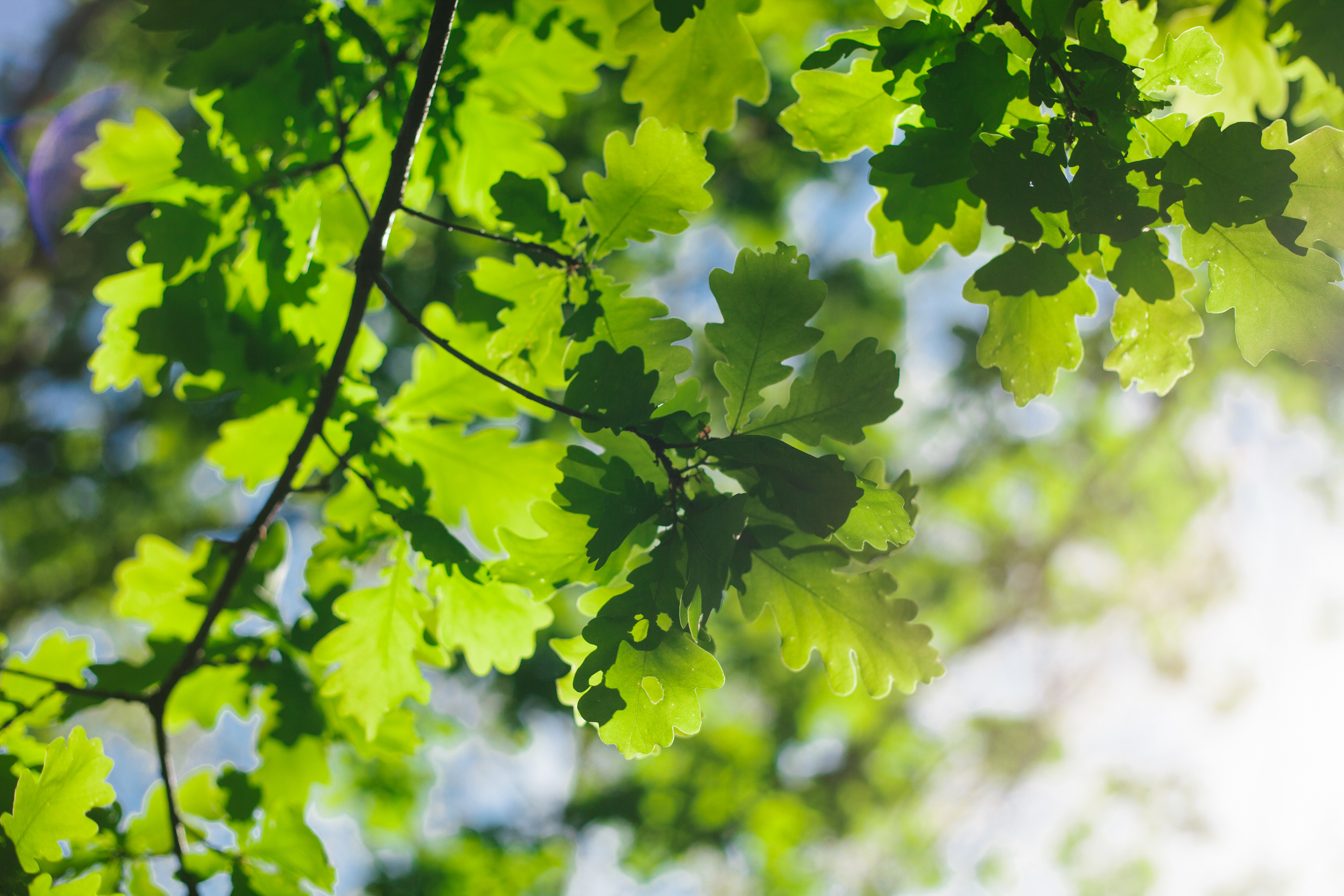
When it comes to oak trees in your backyard, it's your last chance to get these pruned this year. 'Oak trees (Quercus spp., Zones 4-9) should generally be pruned in the winter, and February is not too late,' Blake says. 'Summer pruning is more stressful as it requires the removal of healthy leaves. Pruning during the winter while the tree is dormant is generally less stressful. Sensitive species like Oaks benefit from winter pruning especially if you are concerned that the tree is already under stress or disease pressure.'
'While it's just good practice in most of the country, winter pruning is essential in areas affected by Oak Wilt, including the Midwest and east into WV and PA, parts of the south, and now central TX,' Blake adds. 'Pruning at any time of the year opens wounds that expose your tree to insects and disease, causing stress as your tree works to seal over the pruning cuts. In the winter, however, the Oak Wilt fungus is less active, as are the beetles that spread the spores.'
'Prune minimally to establish long term structure and to provide necessary clearance above roads, walkways, and structures,' Blake advises. 'Reduce weight only as needed.'
Why is it a good idea to prune trees at this time of year?
Depending on the tree, there are a multitude of reasons why pruning in February, just before spring starts, is a good idea. 'The advantage of pruning this time of year is that the tree can direct its new spring growth based on the pruning cuts you made in February,' Lisa Tadewaldt from Urban Forest Pro explains. 'In addition, because the tree is generally dormant during this month you can prune off a larger total percentage of the canopy without causing a stress response in the tree which can cause the tree to grow a lot of weak rapid new growth.'
It's also a good idea for certain trees that may suffer from insect and fungal infestations, as these are less active in the winter months. Certain trees also release more sap when cut in the warmer months, which can cause maintenance issues for your hardscaping.
Be The First To Know
The Livingetc newsletters are your inside source for what’s shaping interiors now - and what’s next. Discover trend forecasts, smart style ideas, and curated shopping inspiration that brings design to life. Subscribe today and stay ahead of the curve.

Hugh is Livingetc.com’s editor. With 8 years in the interiors industry under his belt, he has the nose for what people want to know about re-decorating their homes. He prides himself as an expert trend forecaster, visiting design fairs, showrooms and keeping an eye out for emerging designers to hone his eye. He joined Livingetc back in 2022 as a content editor, as a long-time reader of the print magazine, before becoming its online editor. Hugh has previously spent time as an editor for a kitchen and bathroom magazine, and has written for “hands-on” home brands such as Homebuilding & Renovating and Grand Designs magazine, so his knowledge of what it takes to create a home goes beyond the surface, too. Though not a trained interior designer, Hugh has cut his design teeth by managing several major interior design projects to date, each for private clients. He's also a keen DIYer — he's done everything from laying his own patio and building an integrated cooker hood from scratch, to undertaking plenty of creative IKEA hacks to help achieve the luxurious look he loves in design, when his budget doesn't always stretch that far.
-
 Jeremiah Brent Captures the Grit and Glamour of NYC in His New Loloi Collaboration
Jeremiah Brent Captures the Grit and Glamour of NYC in His New Loloi CollaborationThe TV-famous interior designer looked out of his own window — and hit the pavement — for a collection that turns city spirit into tactile design
By Julia Demer
-
 This Specific Fabric Print Is Literally Everywhere Right Now — Here's Why
This Specific Fabric Print Is Literally Everywhere Right Now — Here's WhyIt's whimsical, artistic, and full of character. We've called it already: Dedar's 'Tiger Mountain' is the fabric that will define 2025
By Devin Toolen
